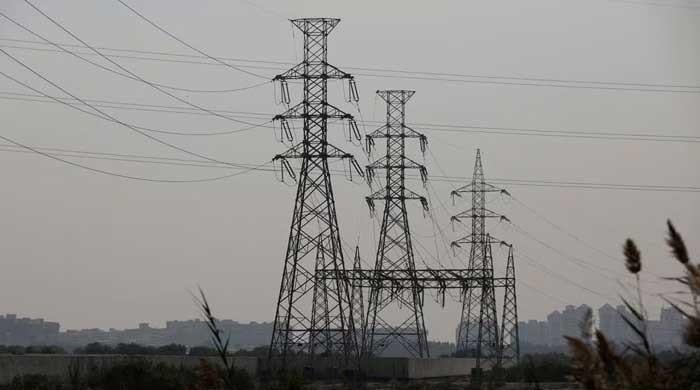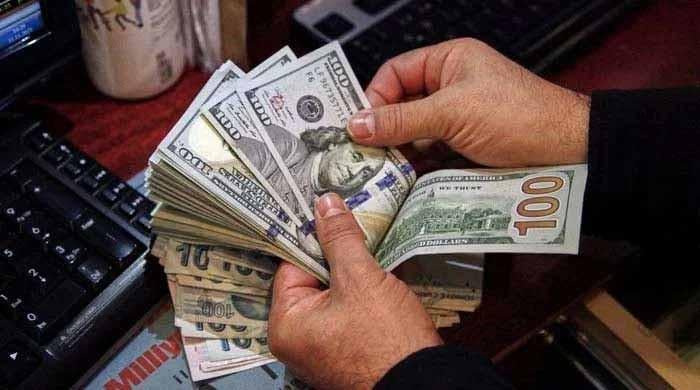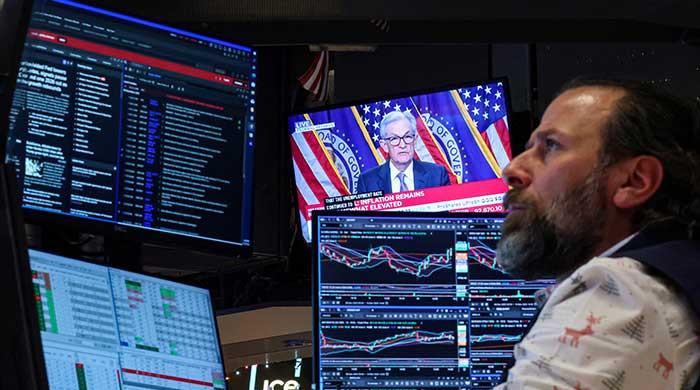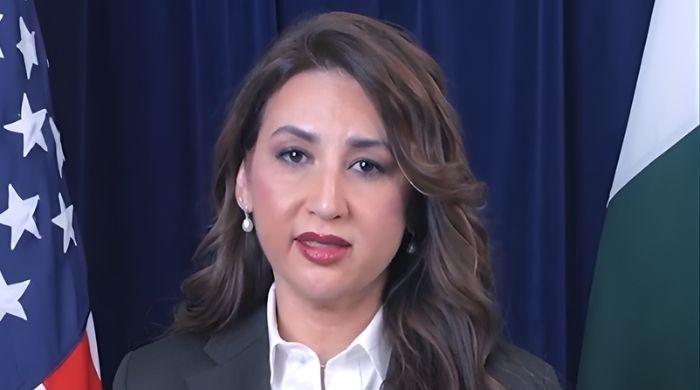Pakistan, IFC discuss reforms amid push for $20bn private sector investment
IFC says committed to working closely with Pakistan, providing support in key areas such as green energy, data centres
February 14, 2025

- IFC lauds Pakistan’s Country Partnership Framework (CPF) with WB.
- Aurangzeb briefs IFC officials on Pakistan’s macroeconomic stability.
- IFC's Diop notes private sector stakeholders fully trust govt policies.
In what analysts see as a step toward unlocking the World Bank’s $20 billion private sector investment, an International Finance Corporation (IFC) delegation met Finance Division officials on Thursday to discuss policies to spur industry-driven growth, particularly via export-led expansion.
The visit follows a first-of-its-kind agreement with the World Bank for a plan to focus $20 billion in lending to the nation over the coming decade on development issues like the impact of climate change as well as boosting private-sector growth.
This commitment of IFC is over and above the $20 billion committed by the WB through IDA (concessional finance window) and IBRD. Taking the cumulative investment of the WB group to $40 billion over the next decade.
“IFC is committed to working closely with Pakistan and providing support in key areas such as green energy, data centres, agricultural supply chain improvements, the telecom sector, and digitisation,” Makhtar Diop, Managing Director & Executive Vice President of the IFC said in a high-level meeting at the Finance Division.
During the meeting with Finance Minister Mohammad Aurangzeb and his team, Diop, leading the delegation of top IFC officials, commended Pakistan’s Country Partnership Framework (CPF) agreement with the World Bank, calling it a global best practice.
The IFC top executive was accompanied by Hela Cheikh Rouhou, Regional Vice President (MCT Region), Khawaja Aftab Ahmed, Regional Director (Middle East, Pakistan, and Afghanistan), Najy Benhassine, Country Director (World Bank Pakistan), and Zeeshan Sheikh, Country Manager (IFC Pakistan & Afghanistan).
He noted that private sector stakeholders in Pakistan had expressed confidence in the government's economic policies and were appreciative of the progress being made.
Aurangzeb was joined by Executive Director (Pakistan) World Bank Group, Dr Syed Tauqeer Hussain Shah. the Finance Secretary, Imdad Ullah Bosal, and senior officers from the Finance Division.
The finance minister highlighted the government’s recent declaration of warehousing as an industry and reaffirmed its commitment to public-private partnerships (PPPs) in infrastructure, IT, data centres, and AgTech.
Speaking to The News a day earlier, World Bank's Dr Shah, said that the recently approved $40 billion country partnership framework for the next decade is a huge expression of confidence by the group in Pakistan’s reform agenda and economic consolidation during last two years, and MD IFC visit almost after a decade is further endorsement of this confidence.
Shah further said IFC had a very strong investment pipeline for Pakistan, but it remains subject to continued economic and political stability in the country.
During the meeting, Aurangzeb briefed the IFC delegation on Pakistan’s macroeconomic stability, mentioning his recent meeting with Kristalina Georgieva, Managing Director of the IMF, in Dubai.
The finance minister also outlined key structural reforms, including the introduction of agricultural income tax — an unprecedented step in the country — along with pension reforms and rightsising initiatives across 43 ministries and 400 attached departments, many of which have been merged or wrapped up.
Last month, the World Bank, which has currently committed about $17 billion to Pakistan for 106 projects, said that policy and institutional reforms to boost private sector growth and expand fiscal space for government investment in crucial areas would also be key.
Since 1950, the World Bank has provided over $60 billion in financing to Pakistan; however, the new programme represents a longer-term strategy compared to previous agreements, which typically spanned four to six years.
The country has teetered on the brink of economic crisis for several years and economists and international financial institutions have called for major economic reforms.
Pakistan is currently under a $7 billion International Monetary Fund bailout, which requires the country to boost government revenues and shore up external sources of financing, much of which comes from loans from China and Gulf nations.









